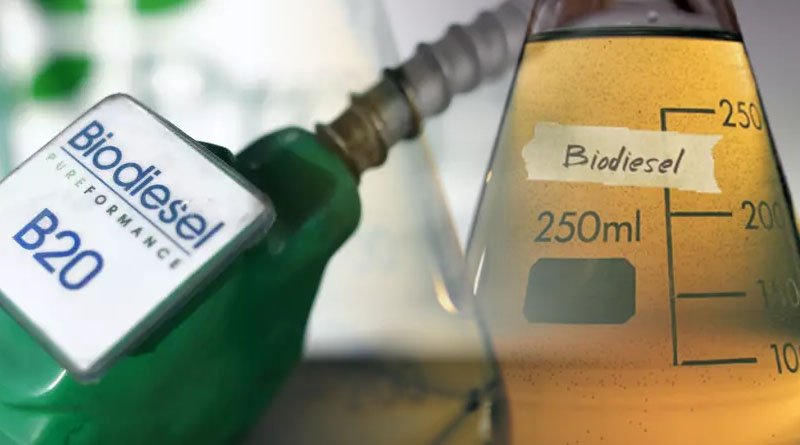The sustainable biodiesel by microbial fermentation is reported with less cost and more efficient process with modern research efforts for diverse innovative research centers and biotechnology industries start-ups.

For making biodiesel, glycerin is extracted from the fat or vegetable oil using a chemical process called transesterification. Methyl esters and glycerin are the two byproducts of the procedure.
Since the disclosure of fire, humans have used biomass energizes as strong biofuels for warming and cooking. For a long time, petroleum products are being utilized as a primary wellspring of energy; in any case, the utilization of them is impractical and beginnings ecological issues identified with petroleum derivative burning.
This is on the grounds that biofuel is gotten from biomass, and it releases scatter gases that contain less carbon monoxide (CO), sulfur oxide (SOx), nitrogen oxide (NOx), un-burnt hydrocarbon and particulate matters (PM). Thus, this test might allow petroleum derivatives to be supplanted by sustainable power sources, for example, biofuels that are harmless to the ecosystem.
Biofuels are gaseous fuels or renewable liquid prepared from living organisms or the wastes that they produce. The growing worldwide inhabitants demand additional energy provisions for refining the excellence of life. As a general rule, biofuels can be named four ages like the original, second, third, and fourth generation.
‘Original biofuels’ allude to biofuels arranged from sugar, starch, vegetable oil, or creature fats through regular innovation. These crops are also used as human and animal feed.
Second generation biofuels are produced from lingo-celluloses biomass that is not edible and oil produced from non-food plants like Azadirachta indica (Neem).
Third generation fuel is derived from microalgae, which give high biomass yield and do not compete with agricultural production system. Second and third era biofuels likewise are called progressed biofuels.
Fourth generation biofuels combine genetically engineered feedstock with genetically modified microorganisms, such as cyanobacteria, to efficiently generate bioenergy, and they are made using non-arable land.
For the most recent fourth generation biofuels, the biochemistry and petroleum-based processing has the advanced technology is implemented to yield the biofuel without carbon, i.e. bioethanol and biodiesel.
Indeed, carbon dioxide, a by-product of fossil fuel combustion, is the principal greenhouse gas contributing to global warming. Production of sustainable biodiesel by microbial fermentation is reported with less cost and more efficient process with modern research efforts for diverse innovative research centers and biotechnology industries start-ups.
The future of genetically modified algae biofuel depends on enhancing the efficacy of its cultivation, improving the algae strains used, and endorsing the commercialization of biomass generation.
Besides this, scientists unlocking the secrets of sea-slugs that have the ability to retain ‘stolen’ chloroplast from algal food sources and carry out photosynthesis. Understanding this unusual organism gives a whole new meaning to “going green”.
